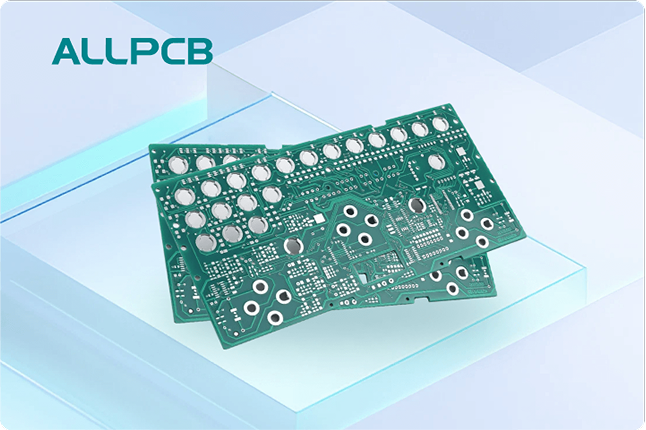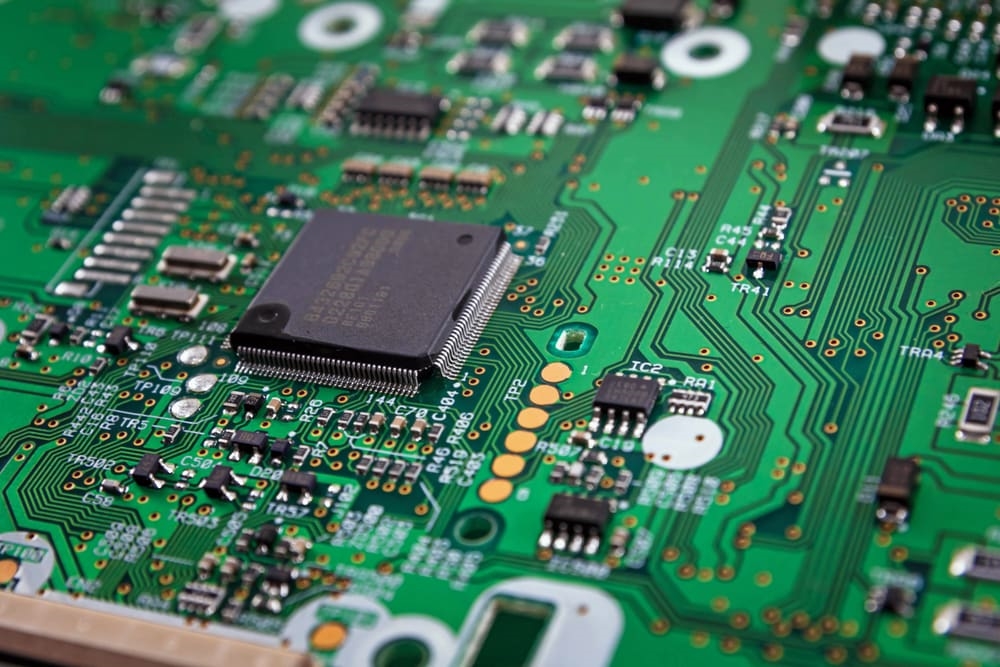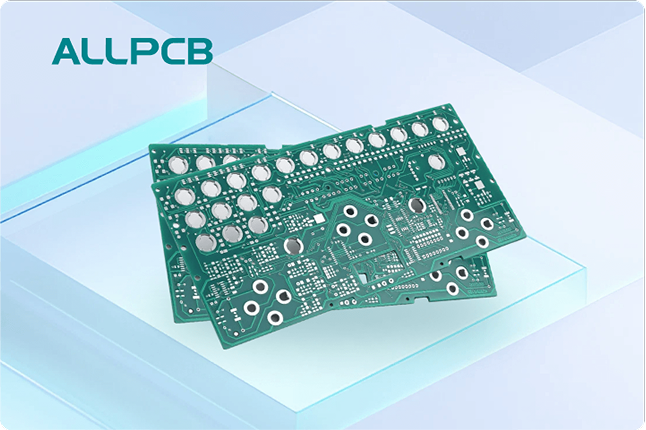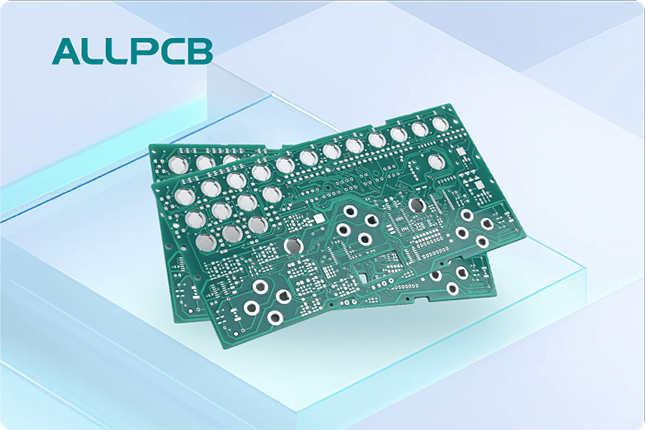For electronic engineers working on printed circuit boards (PCBs), understanding REACH certification is crucial to ensure compliance with global regulations and maintain product safety. REACH, which stands for Registration, Evaluation, Authorization, and Restriction of Chemicals, is a European Union regulation designed to protect human health and the environment from hazardous substances. If you're designing or manufacturing PCBs, REACH compliance impacts everything from material selection to supply chain management. In this guide, we'll explore REACH compliance in PCB design, the REACH certification process for PCBs, and how these regulations affect engineers and materials used in PCB production.
This comprehensive blog post will break down the essentials of understanding REACH regulations for PCBs, provide an engineer-focused REACH guide for PCBs, and explain the REACH impact on PCB materials. Whether you're new to compliance or looking to refine your processes, this guide offers practical insights to help you navigate the complexities of REACH in the electronics industry.
What Is REACH and Why Does It Matter for PCBs?
REACH is a regulation enforced by the European Union since 2007 to manage the use of chemicals in products manufactured or imported into the EU market. It applies to a wide range of industries, including electronics, where PCBs are a fundamental component. The primary goal of REACH is to ensure that hazardous substances are identified, controlled, or replaced with safer alternatives to minimize risks to human health and the environment.
For electronic engineers, REACH matters because PCBs often contain materials or chemicals that may fall under the regulation's scope. Non-compliance can lead to restricted market access, fines, or even product recalls. By adhering to REACH compliance in PCB design, engineers can ensure their products meet international standards, making them viable for sale in the EU and often aligning with similar requirements in other regions.

Understanding REACH Regulations for PCBs
To fully grasp REACH regulations for PCBs, it's important to understand the core components of the regulation. REACH requires companies to register substances they produce or import in quantities of one ton or more per year. It also identifies Substances of Very High Concern (SVHCs), which are chemicals that may pose significant risks, such as carcinogens or toxins. These substances are listed on the REACH Candidate List, which is updated regularly.
In the context of PCBs, SVHCs might be found in solder materials, coatings, or flame retardants used during manufacturing. If a PCB contains an SVHC above a concentration of 0.1% by weight, manufacturers must notify the European Chemicals Agency (ECHA) and provide safe use information to customers. Understanding REACH regulations for PCBs means staying updated on the Candidate List and ensuring that your supply chain avoids or properly manages restricted substances.
For engineers, this involves working closely with suppliers to verify the chemical composition of materials and ensuring documentation is in place to prove compliance. This proactive approach helps avoid delays or penalties when bringing products to market.
REACH Compliance in PCB Design: Key Considerations
REACH compliance in PCB design starts at the earliest stages of product development. Engineers must consider the materials and components used in their designs to avoid restricted substances. Here are some key considerations for achieving REACH compliance in PCB design:
- Material Selection: Choose materials that are free from SVHCs or other restricted chemicals. For instance, avoid certain flame retardants like polybrominated biphenyls (PBBs) that are listed under REACH. Opt for alternatives that meet performance requirements without compromising safety.
- Supplier Collaboration: Work with suppliers who can provide detailed material declarations and confirm that their products comply with REACH. This includes obtaining safety data sheets (SDS) for all chemicals used in PCB production.
- Documentation: Maintain thorough records of all materials used in your PCB designs. This documentation is critical for proving compliance if authorities request it.
- Testing and Validation: Conduct regular testing to ensure that no restricted substances are present in your PCBs above the allowable limits. This can involve third-party labs for chemical analysis.
By integrating these practices into your workflow, you can streamline REACH compliance in PCB design and reduce the risk of non-compliance issues down the line.
The REACH Certification Process for PCBs
The REACH certification process for PCBs is not a single certification but rather a series of steps to ensure compliance with the regulation. Unlike some other standards that issue a formal certificate, REACH focuses on documentation, reporting, and adherence to guidelines. Here's a breakdown of the REACH certification process for PCBs:
- Identify Substances: Review the REACH Candidate List and Annex XVII (restricted substances list) to identify any chemicals used in your PCB production that may be regulated. This includes substances in solder, laminates, or coatings.
- Assess Quantities: Determine if you manufacture or import substances in quantities of one ton or more per year. If so, you may need to register these substances with ECHA.
- Notify ECHA (if applicable): If your PCB contains an SVHC above 0.1% by weight, you must notify ECHA within six months of the substance being added to the Candidate List. This applies to articles (like PCBs) placed on the EU market.
- Communicate with Customers: Provide downstream users with information on safe use if SVHCs are present in your products. This ensures transparency throughout the supply chain.
- Substitute Hazardous Substances: If possible, replace SVHCs with safer alternatives to reduce compliance burdens and improve product safety.
- Maintain Compliance Records: Keep detailed records of all compliance efforts, including material declarations, test reports, and ECHA notifications, for at least 10 years.
The REACH certification process for PCBs requires ongoing vigilance, as the list of restricted substances can change. Engineers and manufacturers must stay informed about updates to REACH regulations to ensure continuous compliance.
Engineer REACH Guide for PCBs: Practical Tips
As an electronic engineer, navigating REACH regulations can feel overwhelming, especially when balancing design performance with compliance requirements. This engineer REACH guide for PCBs offers actionable tips to simplify the process:
- Stay Updated: Regularly check the ECHA website for updates to the REACH Candidate List and Annex XVII. Set up alerts or subscribe to newsletters to stay informed about new restrictions that could affect PCB materials.
- Use Compliance Tools: Leverage software or databases that track REACH-restricted substances and help identify compliant materials for your designs. These tools can save time and reduce errors.
- Collaborate Across Teams: Work with procurement, manufacturing, and quality assurance teams to ensure everyone understands REACH requirements. A cross-functional approach helps catch potential issues early.
- Prioritize Eco-Friendly Design: Design PCBs with sustainability in mind by choosing materials that are less likely to be restricted under REACH. This future-proofs your designs against regulatory changes.
- Understand Exemptions: Be aware of any exemptions or derogations under REACH that may apply to specific uses of substances in electronics. For example, certain applications in medical devices may have temporary exemptions.
By following this engineer REACH guide for PCBs, you can integrate compliance into your design process without sacrificing innovation or efficiency.
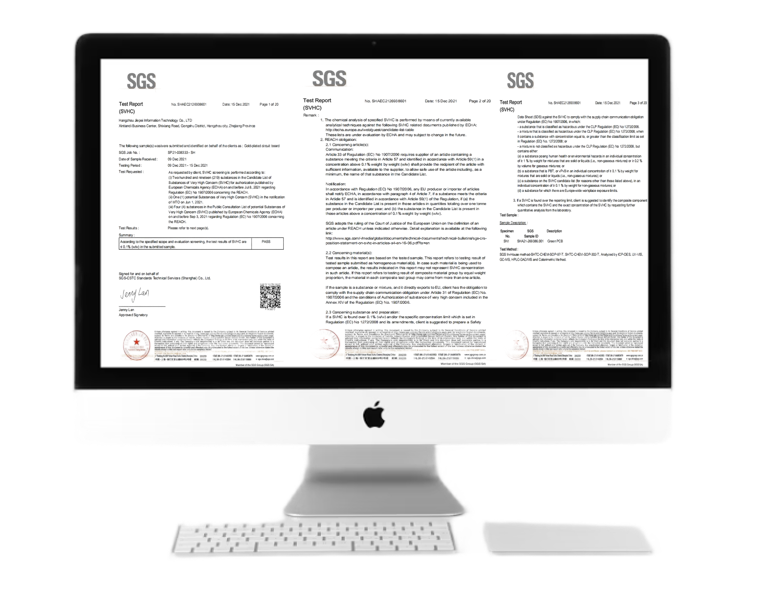
REACH Impact on PCB Materials
The REACH impact on PCB materials is significant, as many traditional materials used in PCB manufacturing may contain restricted substances. Here are some common materials affected by REACH and how engineers can adapt:
- Solder Materials: Lead-based solders, often used for their reliability, are restricted under REACH and related regulations. Engineers must switch to lead-free alternatives like tin-silver-copper (SAC) alloys, which comply with REACH while maintaining soldering performance. For example, SAC305 solder (3% silver, 0.5% copper, balance tin) offers a melting point of approximately 217°C, suitable for most PCB applications.
- Flame Retardants: Certain brominated flame retardants, such as PBBs and PBDEs, are listed as SVHCs under REACH. Engineers should opt for halogen-free laminates and coatings to meet compliance requirements without compromising fire safety.
- Coatings and Finishes: Surface finishes like certain nickel compounds may contain restricted chemicals. Alternatives like immersion tin or ENIG (Electroless Nickel Immersion Gold) can provide similar corrosion resistance while adhering to REACH guidelines.
- Substrate Materials: Some epoxy resins used in PCB substrates may include hazardous substances. Choosing REACH-compliant laminates, such as those certified as halogen-free, ensures safer products.
The REACH impact on PCB materials requires engineers to rethink traditional choices and adopt innovative solutions. While this transition may involve initial costs or design adjustments, it ultimately leads to safer, more sustainable products that meet global standards.
How REACH Compliance Benefits Engineers and Manufacturers
While REACH compliance may seem like a regulatory burden, it offers several benefits for electronic engineers and PCB manufacturers:
- Market Access: Compliance with REACH ensures that your PCBs can be sold in the EU, one of the largest markets for electronics. It also aligns with similar regulations in other regions, broadening your global reach.
- Enhanced Safety: By reducing the use of hazardous substances, REACH protects workers, consumers, and the environment, contributing to safer products and workplaces.
- Improved Reputation: Demonstrating a commitment to REACH compliance builds trust with customers and partners, positioning your company as a responsible and reliable player in the industry.
- Future-Proofing: Adopting REACH-compliant materials and processes prepares your designs for future regulatory changes, reducing the need for costly redesigns or recalls.
By viewing REACH as an opportunity rather than a challenge, engineers can leverage compliance to drive innovation and gain a competitive edge.
Common Challenges in Achieving REACH Compliance for PCBs
Despite its benefits, achieving REACH compliance for PCBs comes with challenges. Understanding these obstacles can help engineers prepare and address them effectively:
- Complex Supply Chains: PCBs often involve multiple suppliers, making it difficult to track the chemical composition of every component. Robust supplier communication and material declarations are essential to overcome this.
- Cost of Substitution: Replacing restricted substances with compliant alternatives can increase production costs or require redesigns. Budgeting for these changes early in the design process can mitigate financial impacts.
- Regulatory Updates: The REACH Candidate List is updated biannually, meaning engineers must continuously monitor changes to avoid using newly restricted substances. Staying informed is key to avoiding compliance gaps.
- Lack of Awareness: Some engineers may not fully understand REACH requirements or their responsibilities. Training and resources can bridge this knowledge gap.
By anticipating these challenges, engineers can develop strategies to ensure smooth compliance with REACH regulations.
Conclusion: Mastering REACH Certification for PCBs
Navigating REACH certification for PCBs is a critical skill for electronic engineers in today’s global market. From understanding REACH regulations for PCBs to integrating compliance into design and manufacturing, this guide has covered the essentials of REACH compliance in PCB design, the REACH certification process for PCBs, and the REACH impact on PCB materials. By following the practical tips and strategies outlined in this engineer REACH guide for PCBs, you can ensure your products meet regulatory standards while maintaining performance and safety.
 ALLPCB
ALLPCB


